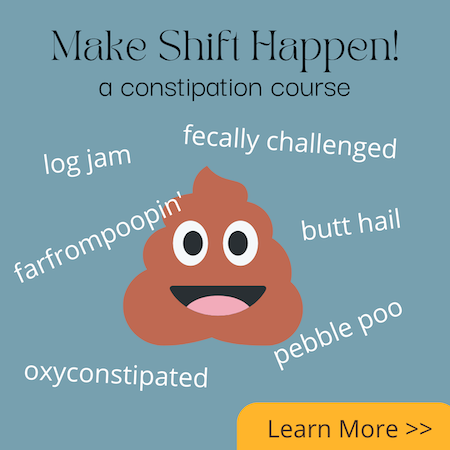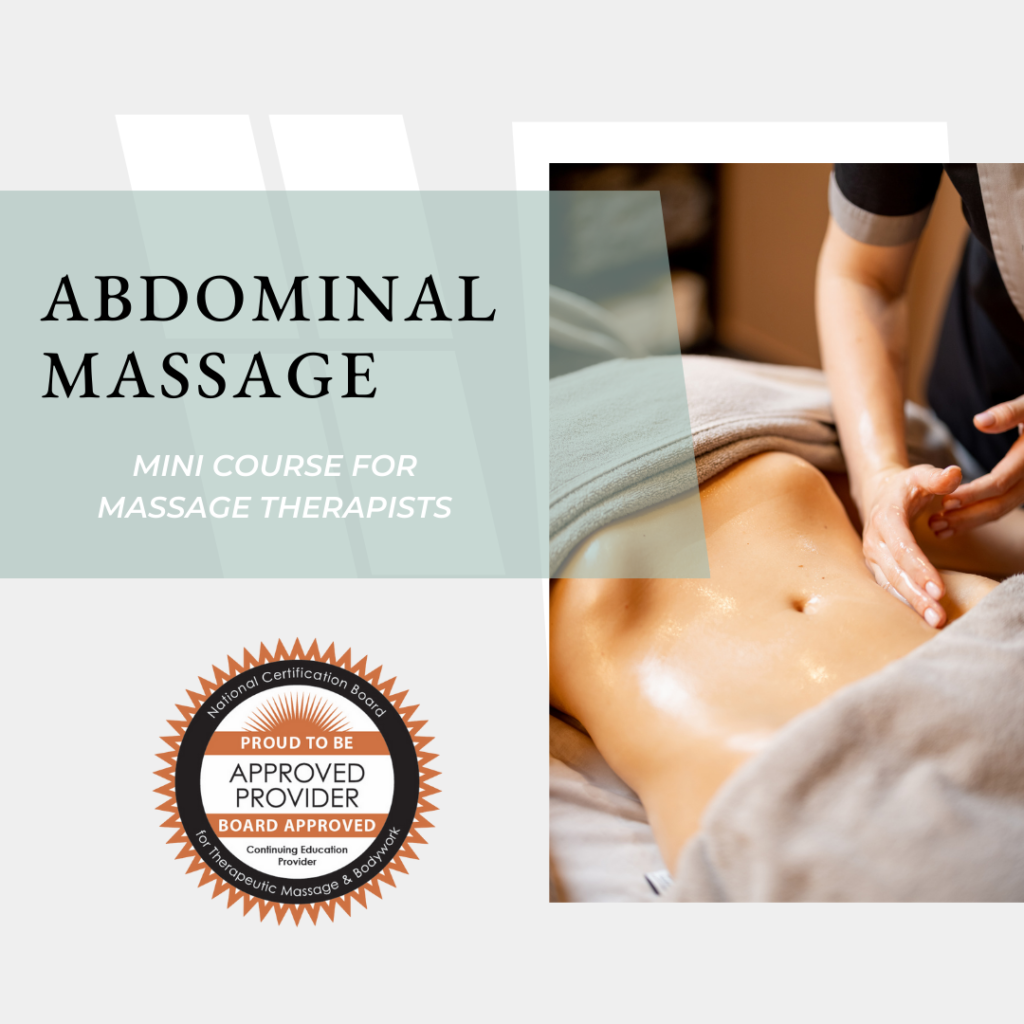Your bladder may not be as small as you think. In fact, it’s highly unlikely that you have an anatomically small bladder. If you frequently experience the need to run to the bathroom to empty your bladder, you may actually have a normal size bladder with a diminished capacity to hold urine, also known as an overactive bladder.
Small Bladder?
Normally one may sense urine in the bladder when the bladder wall starts to stretch at 150-200 ml and it becomes uncomfortable at a volume of 400-500 ml. Normal voiding time of a functional bladder is around 7-8 seconds. The next time you go pee, count 1 Mississippi, 2 Mississippi, 3 Mississippi, etc. to see how much urine is released from your bladder. You could also measure it with a 1/2 liter measuring vessel.
Next, record the number of pee breaks in a 24-hour period. On average a functional bladder is emptied 5-7 times a day and 0-1 times to wake to pee. Record your pee habits and output for three consecutive days to get a sense of what’s normal for you. Make sure you record on typical days, not while you’re sick, traveling or drinking diuretic teas.
If it turns out that you run to the bathroom hourly and you wake two or more times a night, you may have an overactive bladder, not a small bladder.
Retrain a “Small” Bladder
- Avoid frequently going to the bathroom “Just in Case”. Just in case toileting habits can lead to an oversensitive bladder that needs to be emptied more frequently.
- Hydrate with water (avoid bladder irritants). Many people with overactive bladders don’t drink much water for obvious reasons. The fact is, if you’re dehydrated, your urine becomes concentrated and can be irritating to the bladder….leading to having to pee more!
- Try to increase your bathroom trips to every 2-4 hours.
- Talk to your bladder. I used to use the bathroom every hour in between appointments “just in case”. My bladder got so used to going on the hour that it started sending urgency signals before the end of each appointment. When this started to happen I told my bladder (silently and calmly, in my head of course) not to worry, we will get to the bathroom in 30 minutes. This calmed my nervous system and gradually increase my bladder capacity to a normal level. By the way, holding your pee habitually when your bladder is at full capacity comes with its own consequences, so use this technique only when your bladder is overactive and hold off in gradual increments until you reach normal capacity.
- Try a distraction technique. If you feel an urgency to pee as soon as you put the key in the front door, try mixing it up by entering from a side door. Know that the only reason you feel the urgency just as you’re putting the key in the door, see a bathroom, or hear running water is because your bladder has you trained!
- Focus on your breath. The breath calms the nervous system which calms the bladder.
- For more bladder tips read, 12 Tips For A Healthy Bladder
- Mobilize your abdominal adhesions and c-section scar tissue. Adhesions can affect your bladder signaling.
- Take my online Womb Care course to learn self abdominal massage and pelvic alignment for bladder and/or uterine prolapse. Remember the uterus and bladder are physically and functionally related.
If you try all these tips and you still experience an overactive bladder consider abdominal massage. Seeking help from an Arvigo Techniques of Maya Abdominal Therapy® practitioner. Many people think that the Arvigo® therapy is all about the belly, when in fact, about 50% of the treatment is actually on the backside of the body! Your Arvigo® practitioner will do manual therapy on and around your sacrum (sacral nerves S2,3 and 4 keep poo and pee off the floor). She/he will also work with the ligaments that are connected to the tailbone and on an area we call Miss Hortense’s point, named after a famous midwife of Belize. Releasing tension and congestion around Miss Hortense’s point can help improve innervation to and from the bladder and pelvic floor. A Visceral Manipulation™ practitioner who has taken VM3 can also help and will work on your primary restrictions and help with bladder motility and work the sacrum and tailbone if needed.
If you can’t find a practitioner near you, I teach self-abdominal massage in my Womb Care course. When you do self-womb massage, you also massage and lift the bladder since the uterus and bladder are connected. I also teach pelvic alignment exercises for pelvic floor and pelvic organ alignment and health. If you suspect adhesions around the bladder due to inflammation, or c-section, you may also want to consider the Free The Belly, abdominal scars and restrictions course.








I remember miss hortenses point!!! Well done blog. Thank you for the great information. I have a meeting to talk to my bladder later this morning. Hope Russ enjoys that coffee!